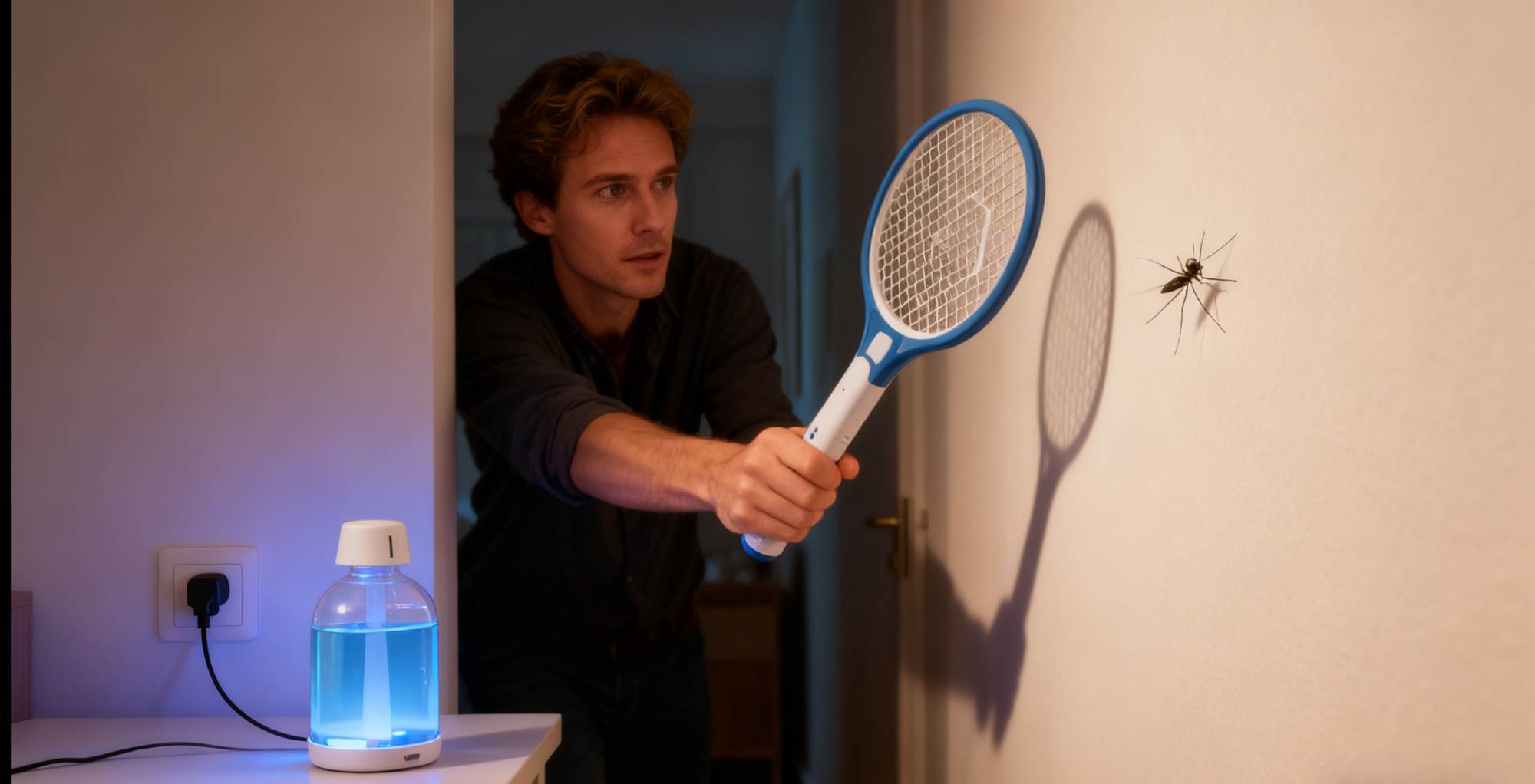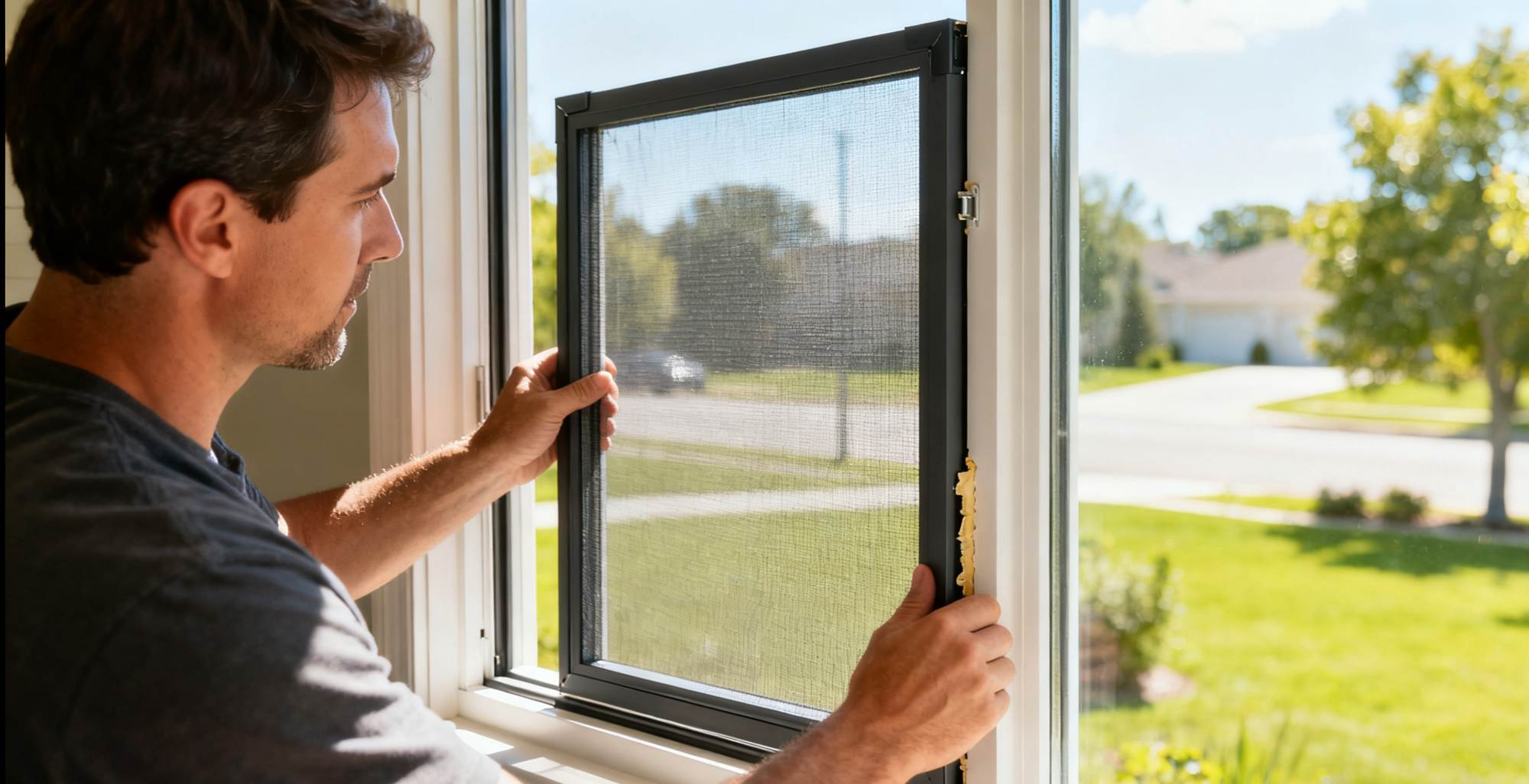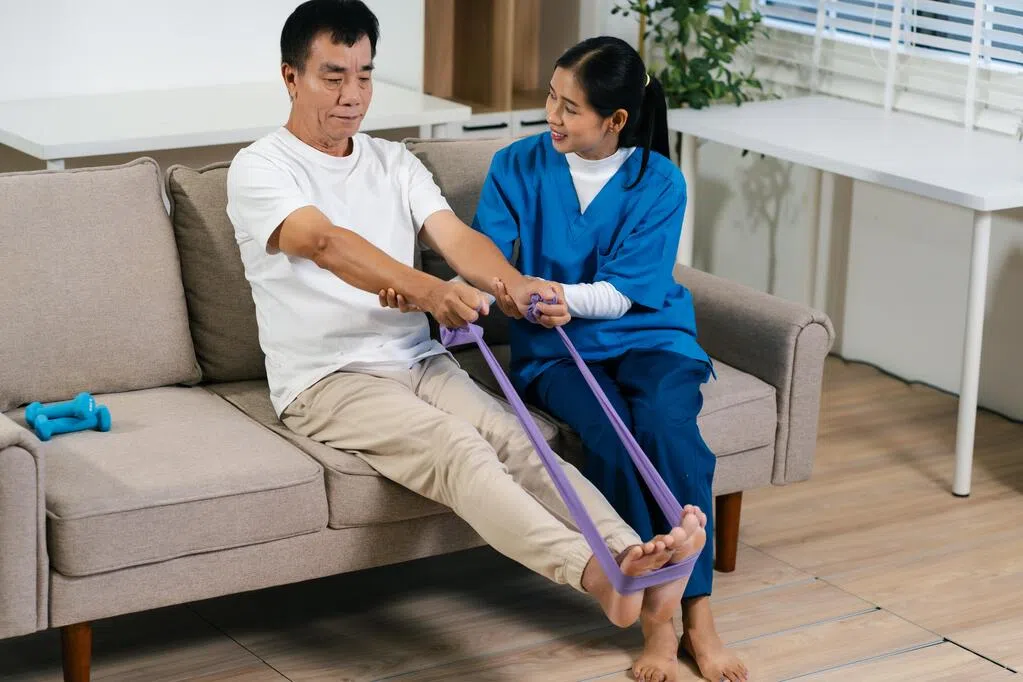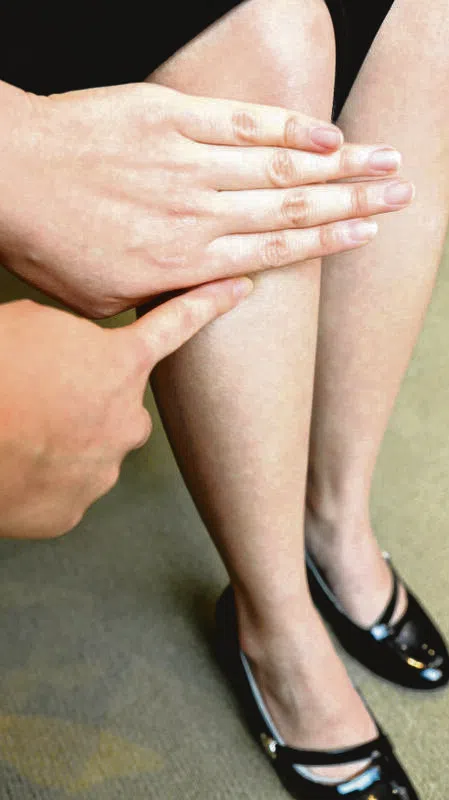Aedes albopictus and Aedes aegypti are Aedes mosquitoes that can transmit diseases such as Chikungunya, dengue fever, and Zika virus disease. We have previously explained the development process and breeding grounds of Aedes mosquitoes, as well as methods for control and elimination.
contents
I. Strictly Prevent Aedes Mosquitoes from Entering Indoors
II. Aedes Mosquitoes Found Indoors? Quick Action!
2.1. Chemical Killing
2.2 Physical Killing
2.3 Continuous Protection
III. Outdoor Activities: Take Comprehensive Personal Protective Measures
I. Preventing Aedes Mosquitoes from Entering the House
To prevent Aedes mosquitoes from entering the house, the first step is to have physical barriers. The simplest way is to use screen doors and windows, preventing mosquitoes from easily entering the room. If you find Aedes mosquitoes biting people indoors, first check if there are any holes in the screen doors and windows. If so, seal them immediately.
Next, check for mosquito larvae (tiger mosquito larvae) in the water in hydroponic plant containers or flower trays. If found, immediately empty the water, rinse away any remaining larvae from the plants, and wipe away any Aedes mosquito eggs that may remain on the container walls. Clean at least once every 5 days.

II. Finding Aedes Mosquitoes Indoors? Act Quickly!
2.1 Chemical Control
Common indoor chemical control methods include mosquito coils, electric mosquito repellent liquid (tablets), and insecticidal aerosols.
From the perspective of ease of use and lower toxicity, electric mosquito repellent liquid is the best choice. Electric mosquito repellent liquid is characterized by its simple ingredients, precise temperature control, and rapid mosquito killing. In a room with mosquito activity, close the doors and windows, use electric mosquito repellent liquid for 1-2 hours to kill the mosquitoes, then open the windows for ventilation. Mosquito coils are rarely used now due to fire hazards and the irritating fumes produced by some. Insectic aerosols are difficult to control in terms of spray volume, easily causing indoor pollution.
2.2 Physical Control
Electric mosquito swatters are the most direct and effective tool. When mosquitoes land on walls or ceilings, act decisively. Mosquito lamps (photocatalytic or electric shock type) can be used as a supplementary method, placed in areas with low population density.

2.3 Continuous Protection
Using mosquito nets is a good option, preventing unknowing mosquito bites during midday or nighttime naps.
III. Outdoor Activities: Comprehensive Personal Protection
When outdoors, to avoid mosquito bites, the following mosquito prevention options can be used as needed:
First, during mosquito-borne disease season, try to avoid the peak activity periods of Aedes mosquitoes at dawn and dusk. Aedes mosquitoes generally bite for two hours each in the morning and evening, with the peak activity at dusk. Avoid lingering near trees, grass, or stagnant water during these times.
Second, wear loose-fitting, light-colored long-sleeved clothing and trousers when outdoors to reduce skin exposure. Especially for infants and young children, choose loose-fitting mosquito-proof pants. When using a stroller, use a mosquito net to protect them from mosquitoes without making them too hot.

Third, when working or engaging in activities in environments with many mosquitoes, after wearing necessary protective clothing, apply mosquito repellent or insect repellent to exposed skin for better protection.
There are three main active ingredients in mosquito repellents: DEET, IR3535, and picaridin (picaridin, icotin). DEET is the most common, while picaridin is less irritating to the skin. When purchasing, carefully read the instructions, paying attention to the concentration (which affects the duration of protection), the recommended age (young children need a low-concentration product; it is not recommended for infants), and the frequency of reapplication (especially after sweating or swimming).

Choose a repellent with the appropriate active ingredient and concentration based on your desired mosquito-repelling effect and duration. Generally, a repellent containing 30% DEET can provide protection for about 8 hours. Children should be assisted by an adult when using mosquito repellent, avoiding application to hands, eyes, mouth, and wounds. Wash the skin where repellent was applied promptly after returning home.
Take action now! Clean up breeding grounds and eliminate mosquitoes both at home and outdoors. Take personal protective measures to prevent the tiny Aedes mosquito from threatening our peace and safety.














